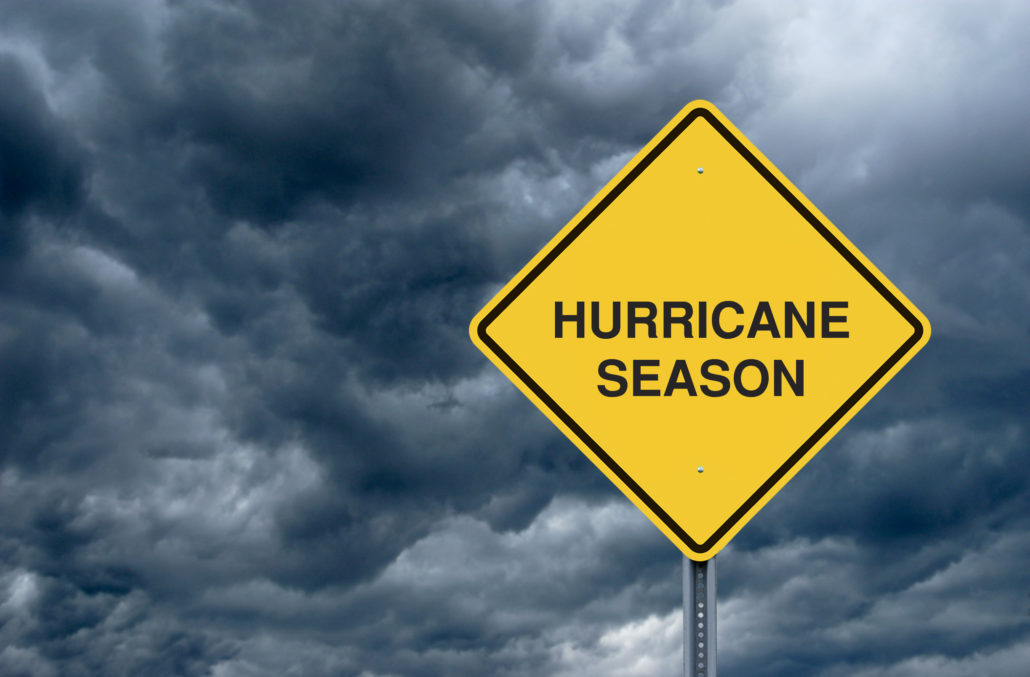Coastal living has many perks, even if you don’t live within walking distance of the beach. From warm salty air to fresh seafood, to being just a short drive away from the beach, the coast is an awesome place to live. Unfortunately for those who live near the water, there is one very serious disadvantage, Mother Nature.

The Atlantic hurricane season runs from June 1 to Nov. 30, with the peak occurring between mid-August and late October. Unfortunately, storms can strike anywhere along the Atlantic, Gulf of Mexico, Puerto Rico, the U.S. Virgin Islands, and more.
For those living in the path of one of these storms, it’s important to be prepared. Hurricane readiness begins with having a good plan! Here are 4 things that can help keep you safe when a hurricane comes.
1. The latest hurricane news
When a storm strikes, access to the latest real-time information is important. Local news stations and a weather radio are both great ways to get updates. If you want notifications and updates in the palm of your hand, the FEMA mobile app is a good resource. Its key features include:
- Alerts for up to five locations
- Safety reminders and tips
- Emergency checklists
- Open shelter locations
- Disaster reporter—share and find information on damage
Click here to download app for Apple and Android
2. Emergency go-bag
While you hope it doesn’t happen, sometimes an evacuation during a storm becomes necessary. Having a go-bag already prepared can help you get out the door faster, and without worry of forgetting any important items.
- Gallon water
- Non-perishable food (granola bars, canned food, etc.)
- First aid kit
- Toiletries ( deodorant, toothbrush, toothpaste)
- Cell phone and charger
- Important family documents (insurance, identification)
- Change of clothing
- Plastic garbage bags to keep yourself and stuff dry
If you have a pet:
- Bowls
- Supply of food and water
- Leash
- Medications
- Photos of you with your pets
- Vaccination records
3. Get your car hurricane-ready
Your car may be your key to safety if you need to evacuate. Here are some tips to make sure your car is ready:
- Map out your potential evacuation routes.
- Review your insurance policy
- Pack emergency supplies in your vehicle.
- Fill your gas tank before the storm makes landfall.
4. Prepare your home
- If you live in an area that gets easily flooded, consider moving furniture to the 2nd story.
- Review your insurance policy
- Make a complete list of all your possessions, including outdoor items. List lawn furniture, patio umbrellas, grills, tools, and toys. This can help your insurance broker ensure you have enough insurance to replace any damaged items after a hurricane.
- Confirm that your hurricane shutters are in good condition. If you do not have hurricane shutters, consider installing them. You can also replace your windows with hurricane glass. Both will provide protection from shattering glass during strong winds.
- Remove dead or damaged trees, especially those near the house. Pick up and dispose of all limbs, sticks and other debris on or near your property. Items like these can become airborne during high winds.




